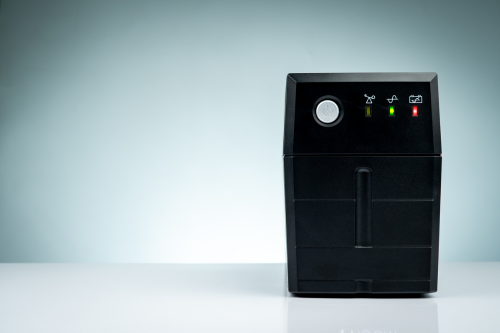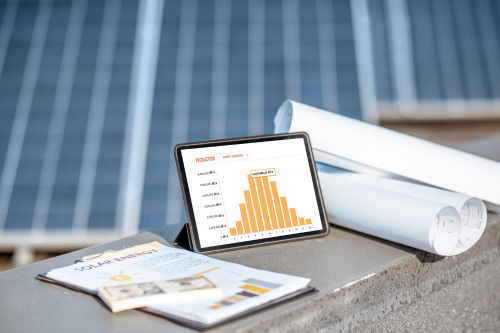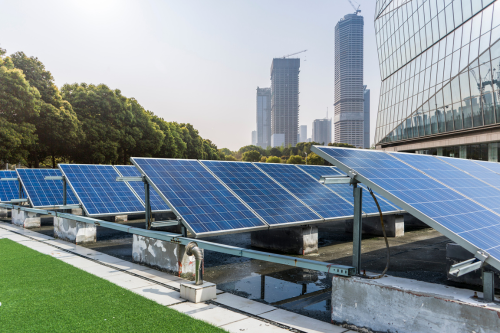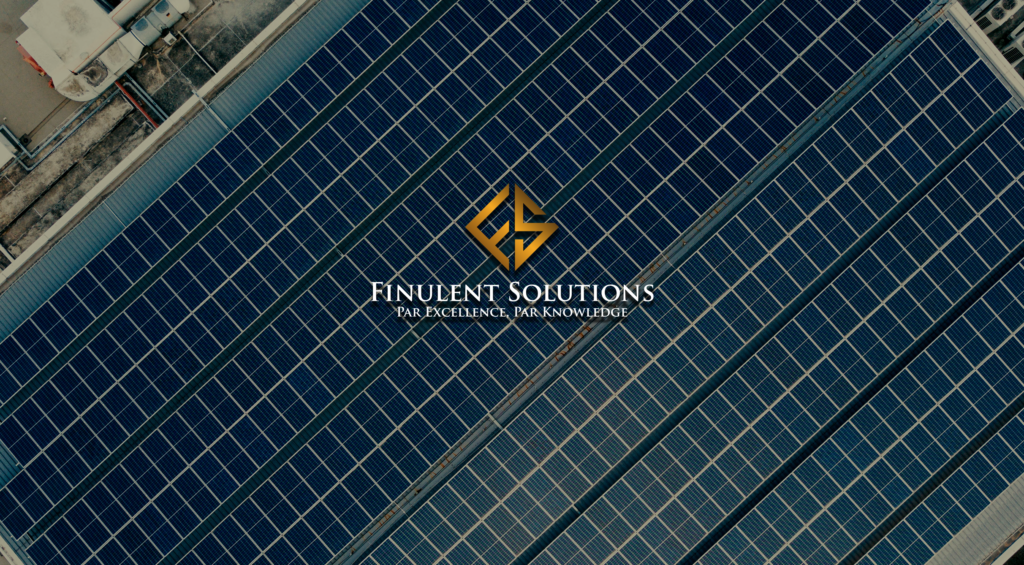Research by the National Renewable Energy Laboratory (NREL) reveals that solar panels experience an average degradation rate of approximately 0.5% per year. This indicates that over a span of 20 years, solar panels will produce roughly 90% of the electricity they generated in their first year. However, it’s important to note that this percentage and the life cycle of solar panels can vary based on the level of care given to them.
Businesses worldwide are increasingly investing in solar panels due to their efficiency and their ability to help companies reduce their carbon footprint. However, it is crucial for companies to recognize that along with investing in high-quality solar panels, proper maintenance is equally important. Failing to maintain the panels adequately can result in reduced electricity output, ultimately leading to financial losses for the company.
Let’s dive into ways companies and homeowners can increase the life span of solar panels.
5 ways to increase the life cycle of solar panels
Backup batteries

One way to increase the efficiency of solar panels is to add a solar battery backup. Solar batteries can significantly improve the efficiency of a solar setup by storing excess energy generated from the panels. This stored energy can then be used to power the home during rainy days and at night.
Having a backup battery provides an extra layer of security against power outages. This ensures that homeowners rely less on electricity from the grid, reducing the use of fossil fuels. Additionally, it lightens the load on solar panels, extending their lifespan.
Clean your solar panels
Solar panels absorb light and convert it into energy. If dirt accumulates on the panels, it will reduce light absorption in that area, making them less efficient. Damages to the solar panels will increase the need for repairs and replacements, which will not be cost-efficient and will reduce their lifespan.
To maintain the panels’ efficiency, it is recommended to check them every few months to ensure that no debris has settled on them. Clean the panels with mild soap and water every six months to a year. For those living in areas that experience snow, it is best to brush off the snow before it melts. Doing so will ensure the safety of your panels because when the ice melts and turns to water, it can press against the surface of the panels, potentially causing them to crack.
Apply protective coating
Applying a protective coating to solar panels can offer numerous benefits. Researchers at Stanford University have developed a coating for solar cells that enables them to cool without the need for ventilation or coolants. This breakthrough not only enhances energy efficiency but also eliminates the wastage of energy on water and cooling.
By applying a protective coating, solar panels can maintain their appearance, extend their durability, and enhance power generation. Solar cells often reach high temperatures, which can damage the surface material and cause corrosion in the metal components. Protective coatings act as a physical barrier, providing a passive cooling system that helps keep the solar PV (photovoltaic) system relatively cool.
Monitor the solar panel’s output

Once solar panels are installed and consumers are satisfied with the initial output levels, they often need to monitor their performance more. However, it is important to regularly monitor the amount of energy generated by solar panels. Energy management software provides a convenient way for consumers to track their generation levels. By doing so, they can monitor the output and identify any unexpected decreases.
In addition to energy management software, online monitoring is another valuable tool for assessing the performance of solar panels. It is a digital platform that enables consumers to easily and quickly check their solar production. This monitoring system presents the data in the form of graphs, charts, or even virtual layouts of the array, allowing for a visual representation of the system’s performance. Moreover, online monitoring also facilitates remote monitoring by solar professionals, who can assess the panels’ performance without the need for a physical presence.
Experts help
To maximize the energy output of solar panels, it is crucial that they are installed correctly. If the panels do not receive an optimal amount of sunlight, they will produce less electricity. One key factor to consider when installing the panels is their orientation and angle.
For maximum sunlight exposure, the solar panels need to be positioned at an angle of 18 to 36 degrees. To prevent solar panels from overheating during extremely high temperatures, there should be a gap between the panels and the roof to allow for proper airflow.
One of the key aspects of a solar power project is the design process. It requires a balance of optimization, aesthetics, economics, and engineering specifications. Since every project is unique, there is no one-size-fits-all solution. Therefore, it is important to choose a company that can tailor solar energy solutions to meet each customer’s specific needs.
End-of-Life Management for Photovoltaics

End-of-life management for photovoltaics (PV) refers to the process when solar panels and all their components reach the end of their operational life. PV modules typically have a lifespan of about 30-35 years, but proper care and maintenance can extend their lifespan.
It is worth noting that approximately 70% of the currently used solar panels were installed since 2017. At present, the recycling process for cadmium telluride and silicon PV modules is only available in the United States. The cost of recycling these modules is higher compared to disposing of them in a landfill. However, by focusing on end-of-life management, the U.S. Department of Energy and the Solar Energy Technologies Office (SETO) aims to reduce the environmental impact of solar energy and ultimately make it more affordable.
By focusing on end-of-life management, the U.S. Department of Energy and the Solar Energy Technologies Office (SETO) aims to reduce the environmental impact of solar energy and ultimately make it more affordable.
Conclusion
To maximize the life cycle of solar panels, proper maintenance practices, strategic placement, and other crucial factors come into play. Employing the correct installation techniques, such as using suitable mounting hardware and ensuring optimal tilt and orientation, can maximize sunlight exposure while minimizing stress on the panels. Doing so will not only increase the life cycle of solar panels but also enhance energy production and achieve a higher return on their investment in renewable energy.
To stay informed about the renewable sector and gain a deeper understanding of the solar and electric vehicle (EV) industry read our blogs and industry news! Our solar designing services help clients effortlessly communicate the financial benefits of solar power to customers. Get in touch with us to learn more.

